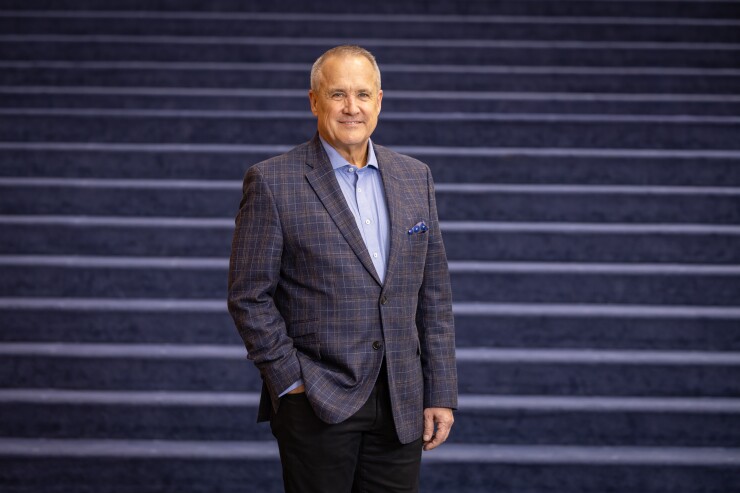When Congress enacted the Credit Union Membership Access Act (H.R. 1151) 20 years ago, I was proud to support the measure as a member of Congress because I understood it was necessary for credit unions to be able to continue to serve their members and their communities.

Today, I am even prouder of the work credit unions have done since to take advantage of H.R 1151 – growing the credit union movement to more than $1 trillion in assets, expanding service to more than 110 million Americans and delivering billions of dollars of financial benefit every year.
Those involved in the advocacy efforts that helped enact this landmark legislation do not need to be reminded of just how unlikely credit unions’ success was. In fact, the image of President Clinton signing H.R. 1151 into law on August 7, 1998, seemed almost unimaginable just a few months before, as a Feb. 25, 1998, Supreme Court decision left credit unions reeling and millions of Americans in jeopardy of losing their credit union memberships.

Credit unions won in 1998 because they sprang into action and worked together, asking credit union members to engage Congress and galvanizing the grassroots muscle that we are still known for today. Simply put, everyone – state, federal, large and small credit unions – understood that we are stronger when we stand together, and everyone did their part to get the job done.
Time has passed, but this principle – stronger together – is as important today as it was in 1998.
The financial crisis and the enactment of the Dodd-Frank Act delivered a one-two punch to credit unions, making it more difficult and more expensive to serve members. Yes, credit unions continued to lend during and after the crisis, even as banks – large and small – pulled back. But when the dust settled, credit unions found themselves in a regulatory climate that treated them the same as the Wall Street banks that caused the crisis.
This made no sense, which is why the Credit Union National Association has been working for the last decade to bring common-sense to credit unions’ regulatory regime.
The good news is that we’ve seen some success. Working together, CUNA, state leagues and credit unions, we helped bring about the enactment of S. 2155, the first meaningful piece of regulatory relief legislation since 2006. We demonstrated that even in today's hyper-partisan environment, we are able to move important legislation if we work together and execute our 360-degree advocacy strategy.
Successes like H.R. 1151 and S. 2155 are gratifying and worth celebrating, but they also strengthen our resolve for more.
And we’re working for more every day.
We’ve told the Consumer Financial Protection Bureau that its rulemakings need to be appropriately tailored, and they’re listening.
We’ve called on the National Credit Union Administration to become even better stewards of credit unions’ money through greater efficiency and transparency, and they’re listening.
We’ve gone to Congress, the Department of Justice and the courts to show that predatory lawsuits exploiting laws designed to protect disabled Americans are not acceptable, and they’re all listening.
We’re fighting for Americans so they have greater access to safe and affordable financial services provided by credit unions that they own, and we are making progress.
H.R. 1151 and S. 2155 prove that when we go to bat for credit union members in the political, legislative, regulatory and legal arenas, when we execute a 360-degree advocacy strategy, and when we work together, we can affect positive change for credit unions and their members. There is more work to be done, but we know what we need to do to move the industry forward – together.





